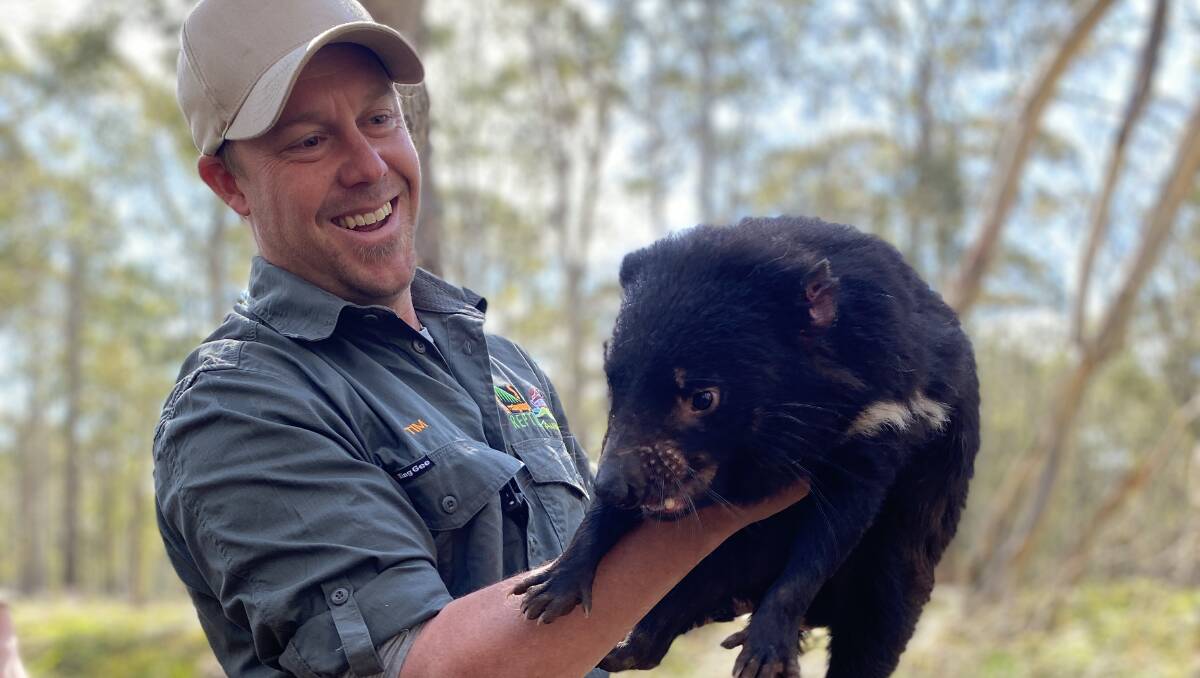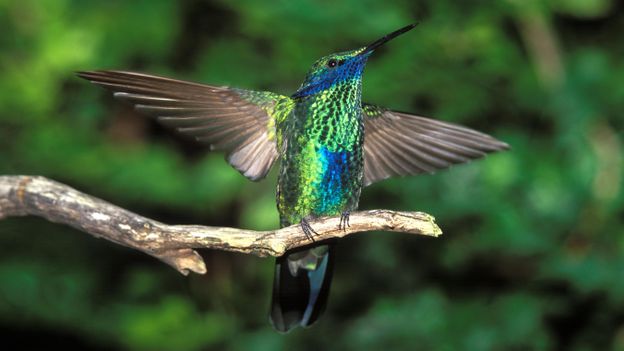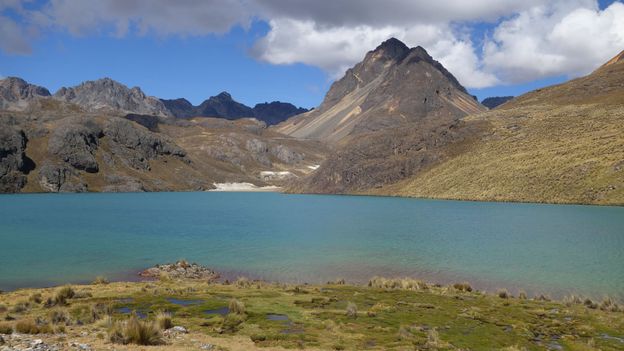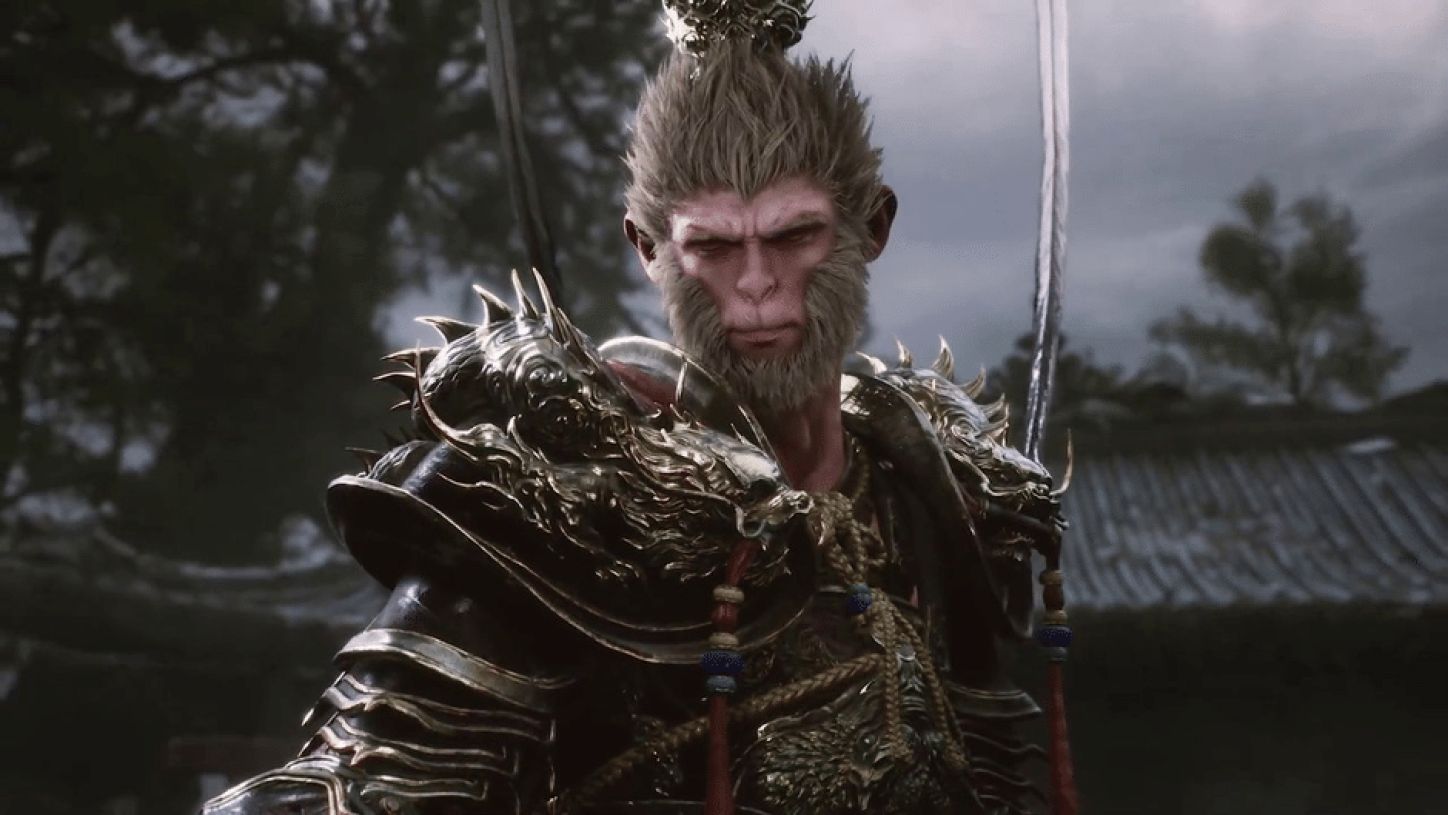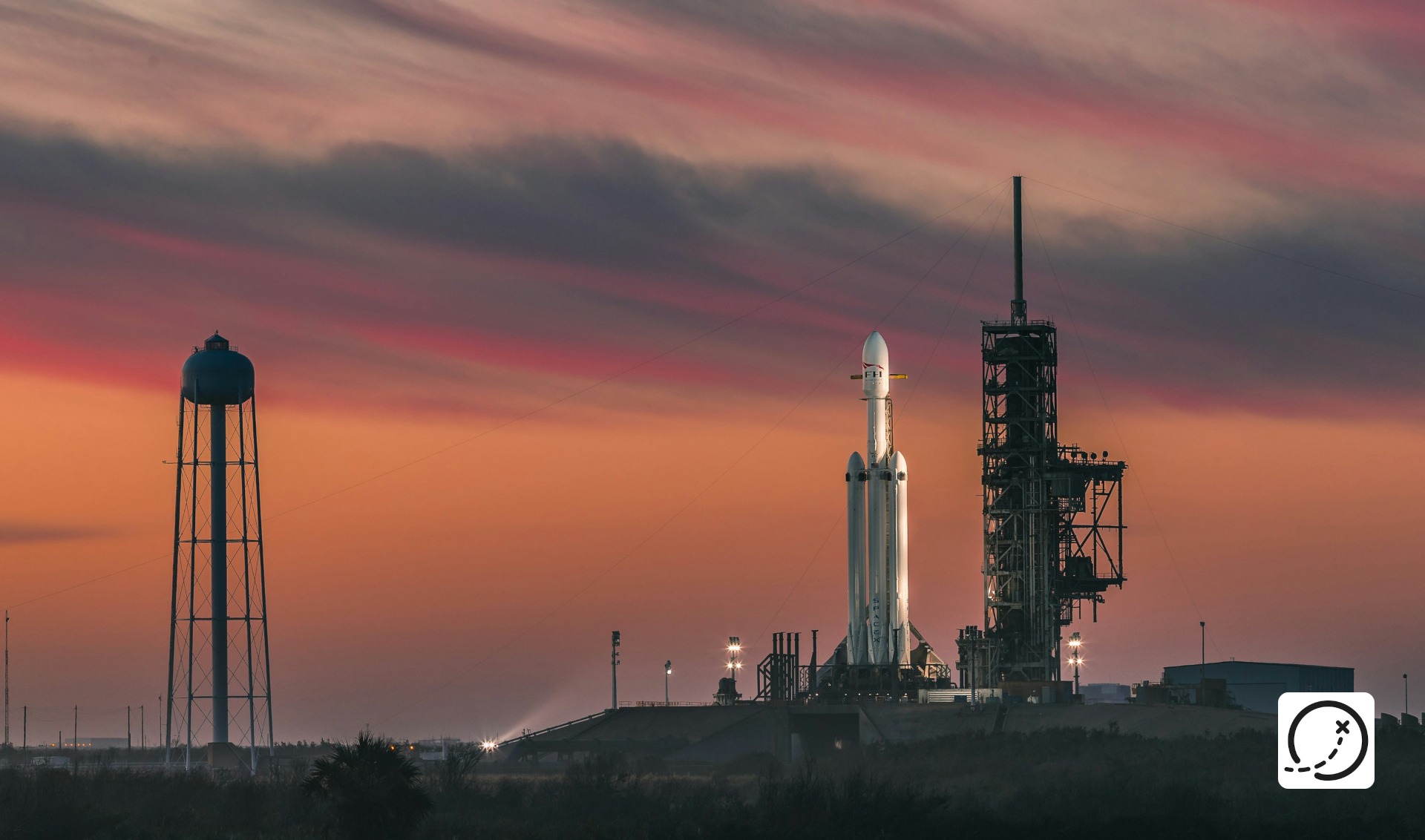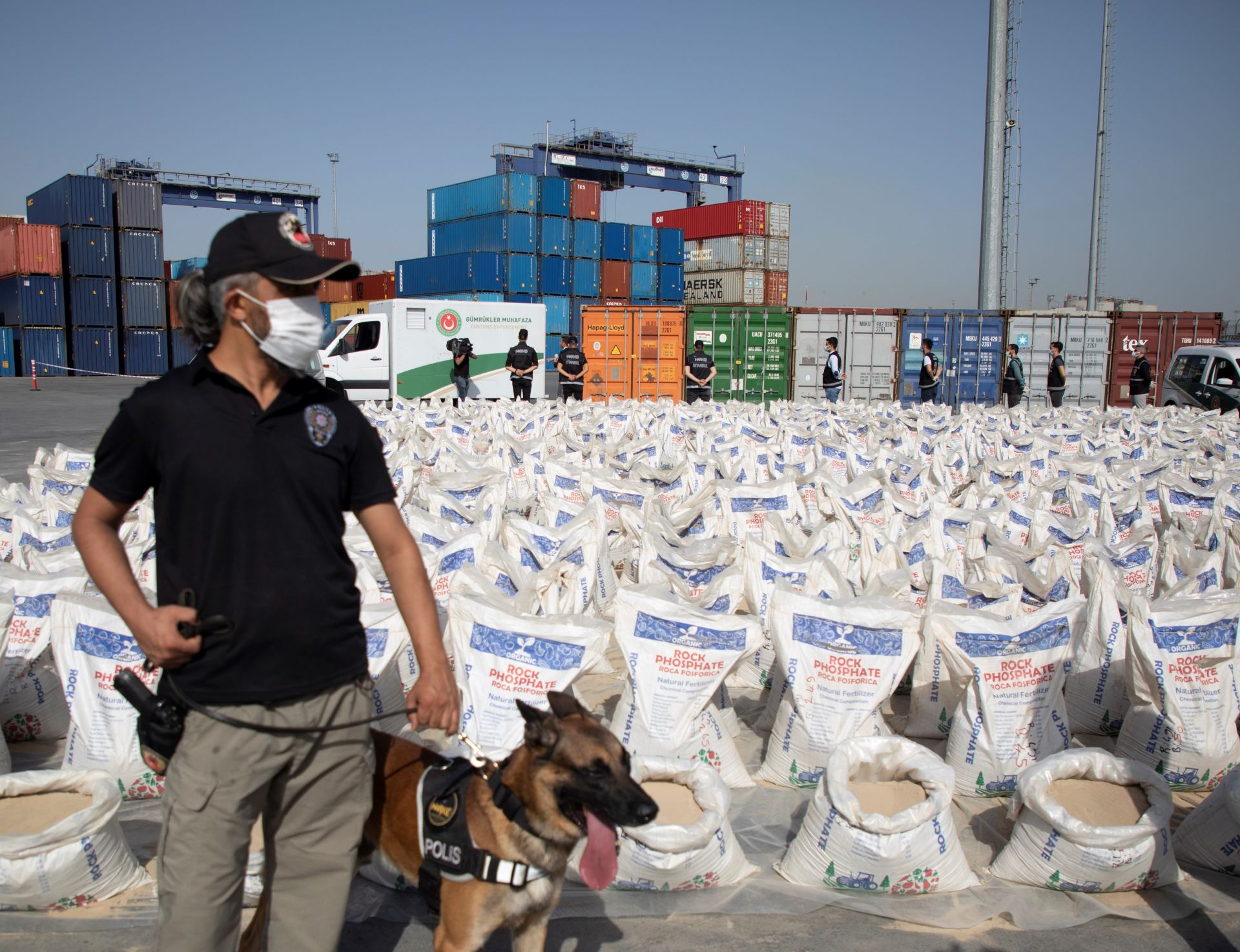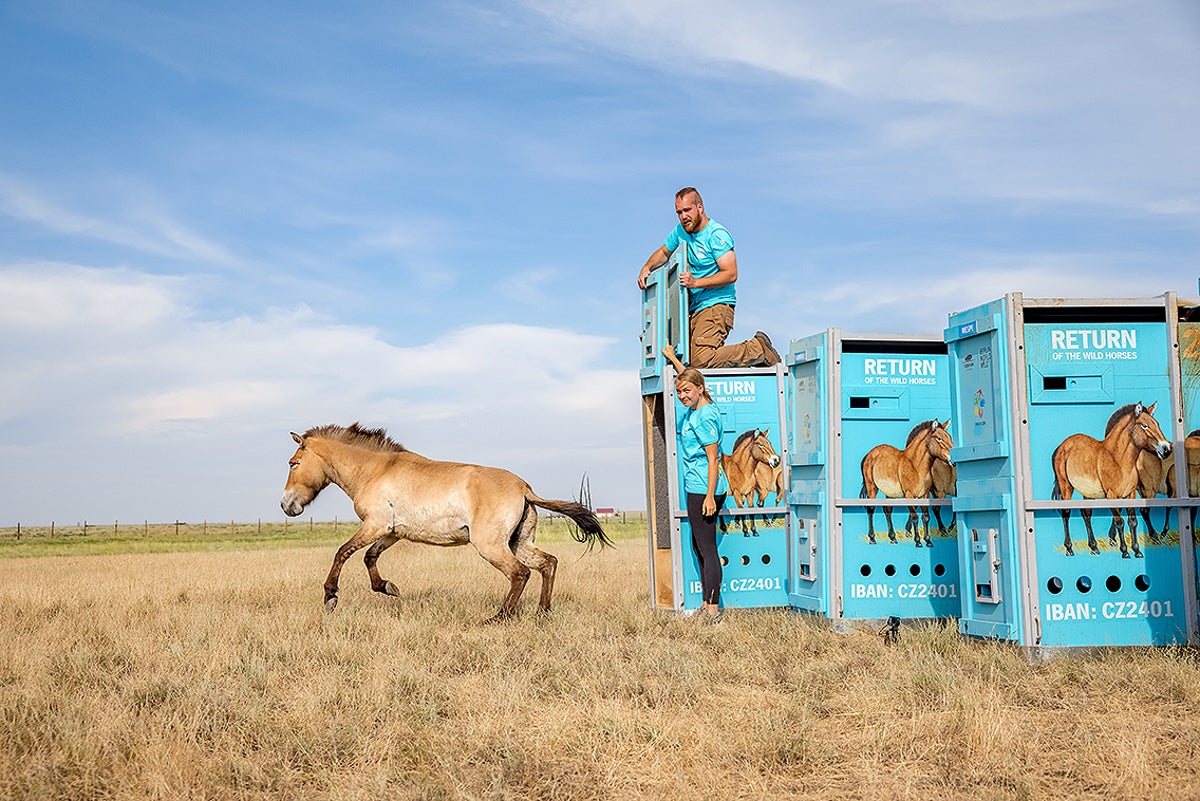
The Last Wild Horses Are Finally Returning to Their Natural Habitat
The newest equine additions to Kazakhstan’s “Golden Steppe” might seem, at first glance, to be unremarkable, with a donkeylike build and a mane that sticks straight up like a zebra’s. But these seven individuals are members of the last remaining species of wild horse: Przewalski’s (pronounced pshuh-val-ski’s) horse, known as kertagy or kerkulan in Kazakh.
Horses roam freely in many parts of the world, such as the Great Plains in the U.S., but these are feral animals, members of a domesticated species that now live in the wild. Przewalski’s horses are a different species entirely—they even have a different number of chromosomes—and this species doesn’t appear to have been domesticated by humans.
“They’re truly wild animals,” says Oliver Ryder, a conservation geneticist who works with Przewalski’s horses at the San Diego Zoo Wildlife Alliance. Once the animals were a crucial piece of the ecosystem in the steppes of Central Asia. But they began disappearing in the 1800s, and by the 1960s, humans and environmental changes had driven them to extinction in the wild. Fortunately, at least a dozen or so horses capable of reproducing survived in captivity, and with carefully managed breeding, the population has made a comeback. This June conservationists reintroduced seven of them to the Golden Steppe of Kazakhstan—the horses were flown to a reintroduction center on the steppe, where they are acclimating to life outside captivity under the watchful eye of conservationists.

